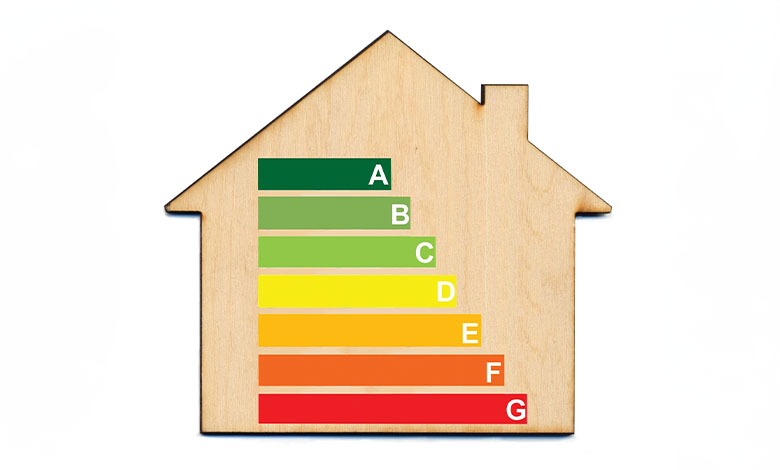‘Refined energy performance system’ recommended

Leading energy experts have argued that aligning energy efficiency investments to the achievement of a ‘B2’ BER standard is a necessary but not sufficient condition for meeting the State’s retrofitting objectives.
Writing for RTÉ Brainstorm, Economic and Social Research Institute (ESRI) energy and economics experts Tensay Hadush Meles, Niall Farrell, and John Curtis argue that improving building energy efficiency, as measured by BER scales, leads to a reduction in energy use for home heating and an increase in home heat retention.
In two studies published in 2023, the ESRI has examined the accuracy of Irish BER scales in capturing observed energy use for home heating and home heat loss.
The energy experts note the results of these studies carried out by the ESRI, which show that energy performance attributed to BER scales is “considerably lower” than what has been projected and strategised for by government.
“This does not imply that upgrading dwellings’ energy efficiency is not beneficial,” they say. “Instead, the findings suggest that BER scales do not capture the insulative performance of dwellings as accurately as we would have anticipated.”
The ESRI studies find that dwellings with better BER scales are expected to retain heat and minimise heat loss, thereby having relatively a lower drop in indoor temperature. Both studies focus on building fabric performance in isolation while excluding the influence of occupants’ behaviour on energy consumption, as factors associated with occupants’ energy consumption behaviour would complicate building energy performance comparisons.
The first study looks at the drop in indoor temperature during early morning hours (midnight to 6am) of winter months when the heating system is confirmed as being turned off.
The second study explores differences in boiler operation for home heating while the indoor temperature hovers around the thermostat’s set point temperature during the main winter heating months. This serves as a “proxy measure” of variations in energy use for home heating across the BER scales, attributed to building fabric performance alone.
The authors assert that dwellings with better BER scales are anticipated to have a shorter duration of boiler operation to maintain the indoor temperature within the thermostat set points.
“The differences in observed energy performance attributed to BER scales are considerably lower than what is projected. This does not imply that upgrading dwellings’ energy efficiency is not beneficial,” they write.
“Instead, the findings suggest that BER scales do not capture the insulative performance of dwellings as accurately as we would have anticipated. This could be due to their reliance on standardised values and their nature as aggregate measures.”
The findings from the two studies, the ESRI experts argue, present “significant implications for both policy and homeowner decision-making”. “Aligning energy efficiency investments to the achievement of a ‘B2’ BER standard may lead to achieving targets at greater costs than necessary.
“A BER system that more accurately captures the insulative performance of individual dwellings could guide us toward a more cost-effective decarbonisation trajectory. This also affects homeowners, who factor in the change in BER, when planning home energy efficiency upgrades.”
Concluding, the authors recommend that a refined energy performance system that more accurately captures the performance of each individual home could guide homeowners toward investments tailored to their dwelling’s specific characteristics. This, they say, could involve “a more data-driven approach to evaluate and identify the most suitable upgrades”.






